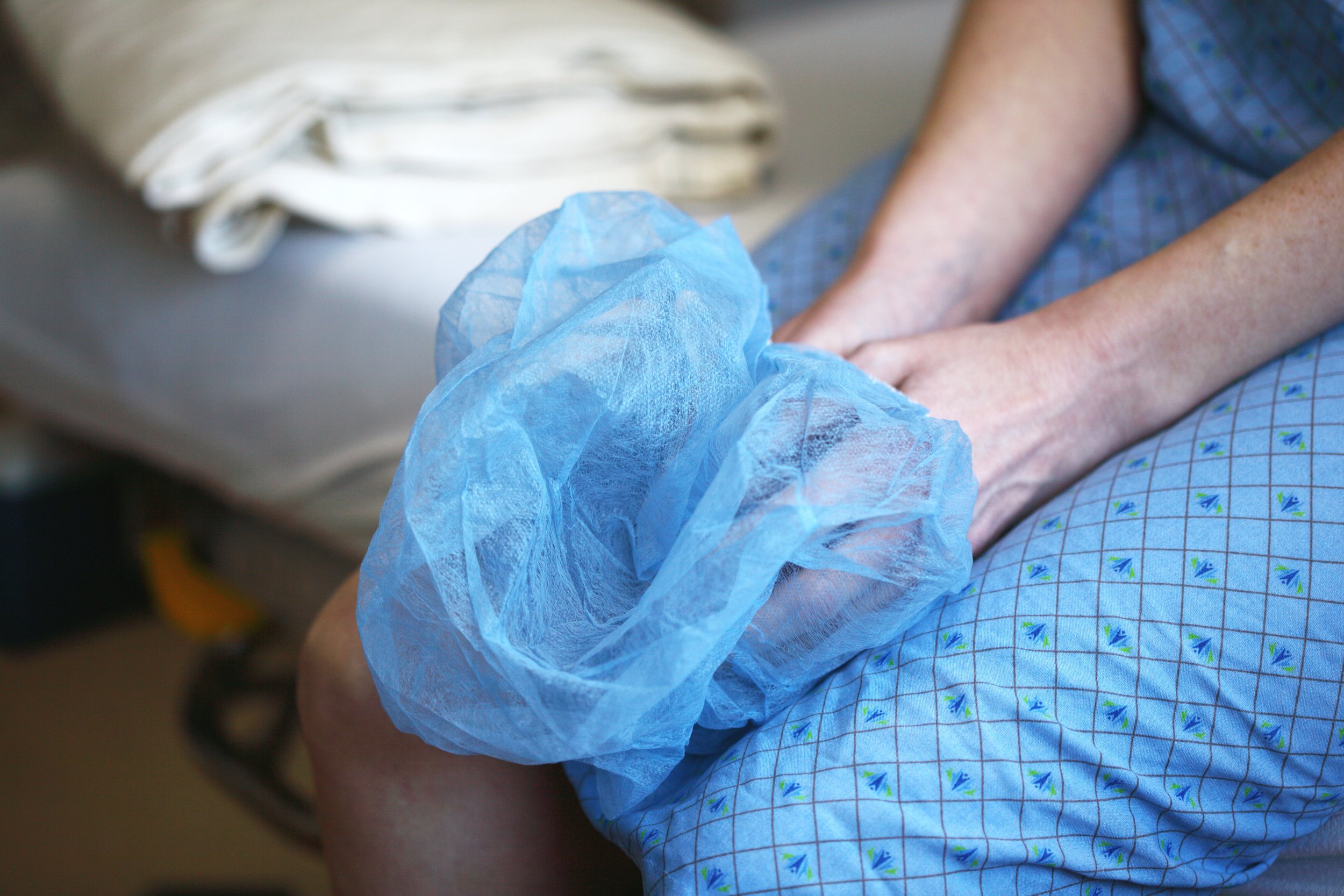
Minimally Invasive Surgery
-
What is Minimally Invasive Surgery
Minimally-invasive surgery is any surgical procedure that avoids a large, traditional incision. Surgery is often scheduled as an outpatient procedure, allowing the patient to return home to recuperate the same day. Patients often go on to heal and resume regular life and activities faster than traditional surgery.
-
Restorative Reproductive Surgical Provider
Bella is a surgical destination for women struggling with reproductive concerns such as pelvic or menstrual cycle pain and infertility, hoping to conceive naturally. Bella’s surgeons are trained in advanced fertility treatment techniques first developed by the Saint Paul VI Institute called NaPRO Technologies.
Gynecological Surgeries
-
In gynecological surgeries, especially those used in female reproductive surgery, laparoscopy is often the minimally-invasive method of choice.
In this procedure, a small, 5mm incision is made in the abdomen. A camera and select essential instruments are passed through this tiny incision to perform the procedure.
-
Another approach, the DaVinci Robotic method, can offer distinct advantages for the right patient. This robot-guided surgical method enables the surgeon to have greater precision in removing diseased tissue. Such precision paves the way for true restoration.
The DaVinci platform usually offers superior outcomes for women, including less postoperative pain, less blood loss, less scarring, prevention of adhesions, lower risk of infection, and shorter hospitalization.
For the infertile woman, these benefits often translate into restored fertility.
Minimally-Invasive Surgery Applications
-
The removal of benign growths in the uterus is called myomectomy. Myomectomy is often a less aggressive, highly effective alternative to a hysterectomy. In myomectomy, fibroids are removed while the uterus is left intact. This allows women to preserve and, sometimes, improve their fertility.
-
This is a condition in which the tissue that is normally (properly) found on the inner lining of the uterus is actually growing on the outside of the uterus and throughout the pelvis. These growths often attach to the ovaries or other pelvic organs and cause increased pain and scarring. Such scarring often leads to infertility.
In addition to restoring fertility, recent studies show that removal of endometriosis may result in reducedincidence of cancer in women.
-
This condition is a complex metabolic and hormonal disturbance in women. Although it is relatively common, it is nonetheless challenging.
PCOD is a cause of anovulation, or a lack of regular, cyclic ovulation. Women can also experience long cycles without periods, sometimes leading to prolonged irregular bleeding. It is commonly accompanied by the ovaries producing increased male hormone levels. This frequently results in infertility.
When medical approaches (non-surgical) fail to resolve PCOD, Bilateral Ovarian Wedge Resection helps to restore the ovary to its normal function. Robotic surgical approaches are particularly effective in restoring patients with PCOD.
During surgery, a wedge of ovarian tissue is removed and the ovary is carefully restored with the ultimate goal to prevent adhesions.
The ovary then functions normally, ovulation and the menstrual cycle resume, and fertility is restored.
-
Hysterectomy is removal of the uterus. It is an aggressive, but sometimes necessary treatment when there is significant disease. The hope is to not perform a hysterectomy until childbearing is completed. Hysterectomy is a reasonable response when large or multiple fibroids are present, with adenomyosis or endometriosis is found, or in cases of abnormal uterine bleeding.
